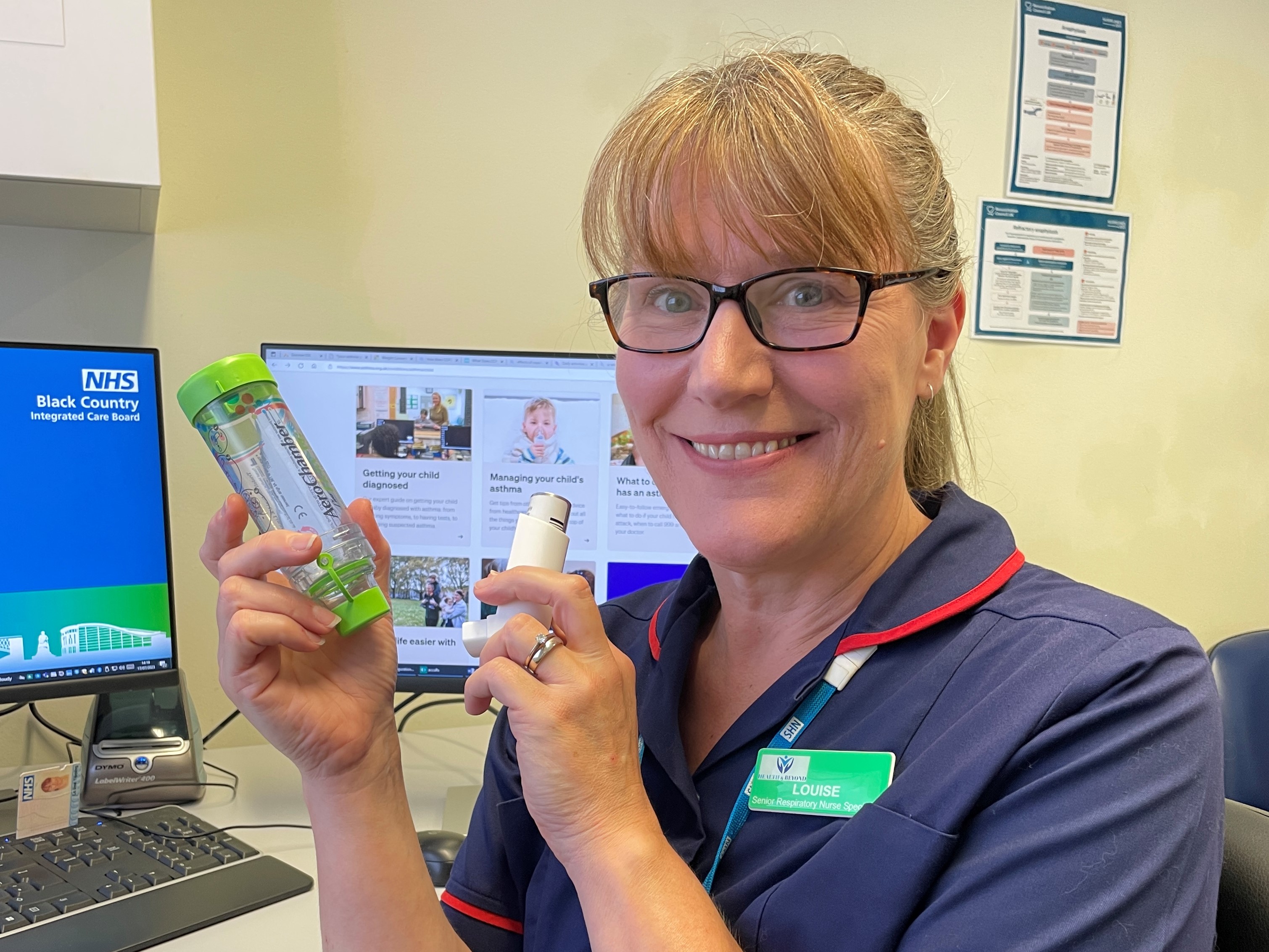It’s important to do this even if your child is well. It’s like an MOT and can help to prevent problems from happening. Please contact your GP surgery to arrange this.

 Asthma is a lung condition that affects around one in every 11 children and causes symptoms like coughing, wheezing and breathlessness.
Asthma is a lung condition that affects around one in every 11 children and causes symptoms like coughing, wheezing and breathlessness.
It varies from one child to the next, but most types of asthma can be managed well by using a preventer inhaler every day to control their asthma. A reliever (blue) inhaler may be needed occasionally if symptoms flare up.
There are also some simple ways you can help keep your child’s symptoms under control.
It’s important to do this even if your child is well. It’s like an MOT and can help to prevent problems from happening. Please contact your GP surgery to arrange this.
An asthma action plan has all the information you need in one place so you can look after your child’s asthma well. You fill in the plan with your child’s GP or asthma nurse so you can make sure it’s personal to your child and their asthma. Then, take it along to all their asthma appointments so the GP or asthma nurse can make sure it’s up to date. Having a plan will help you and your child recognise when asthma symptoms are worsening and when you need to seek help. It is important you and your child are familiar with the plan. Please share the plan with your child’s school and any other activities your child may take part in.
Inhalers are a device which contain important medicines to treat your child's asthma. Make sure your child takes their asthma prevention treatment/medicine (brown, orange, purple inhaler) every day. Your child’s preventer medicine keeps down inflammation in their airways and if they take it regularly every day as prescribed, they’re less likely to react to their asthma triggers. Helping your child take their inhaler alongside something else they do every morning and evening, like brushing their teeth, can help you get into a good routine.
Your healthcare professional can help with this. A good inhaler technique can mean fewer symptoms. It also helps prevent side effects like a sore mouth. If your child has a “press & spray” type of inhaler they should use a spacer device every time to make sure the medicine in the inhaler gets down onto their lungs.
An asthma attack can be life-threatening, and you should make sure your child always keeps an in-date reliever/rescue inhaler (usually blue) with them.
Local respiratory nurse, Louise Tipping, features in a video created by the NHS which provides parents with tips on managing asthma in their children.
Black Country Asthma Friendly Schools is a partnership initiative between health and the local authority that encourages all schools to welcome children with asthma and put simple strategies in place to ensure they can fully participate in school life.
An Asthma Friendly School is one where children with asthma are safe and can fully participate in all elements of school life. By signing up, schools are committing to ensuring that all school staff know what to do if a child has an asthma attack.
Learn more about the Asthma Friendly Schools programme in the Black Country.